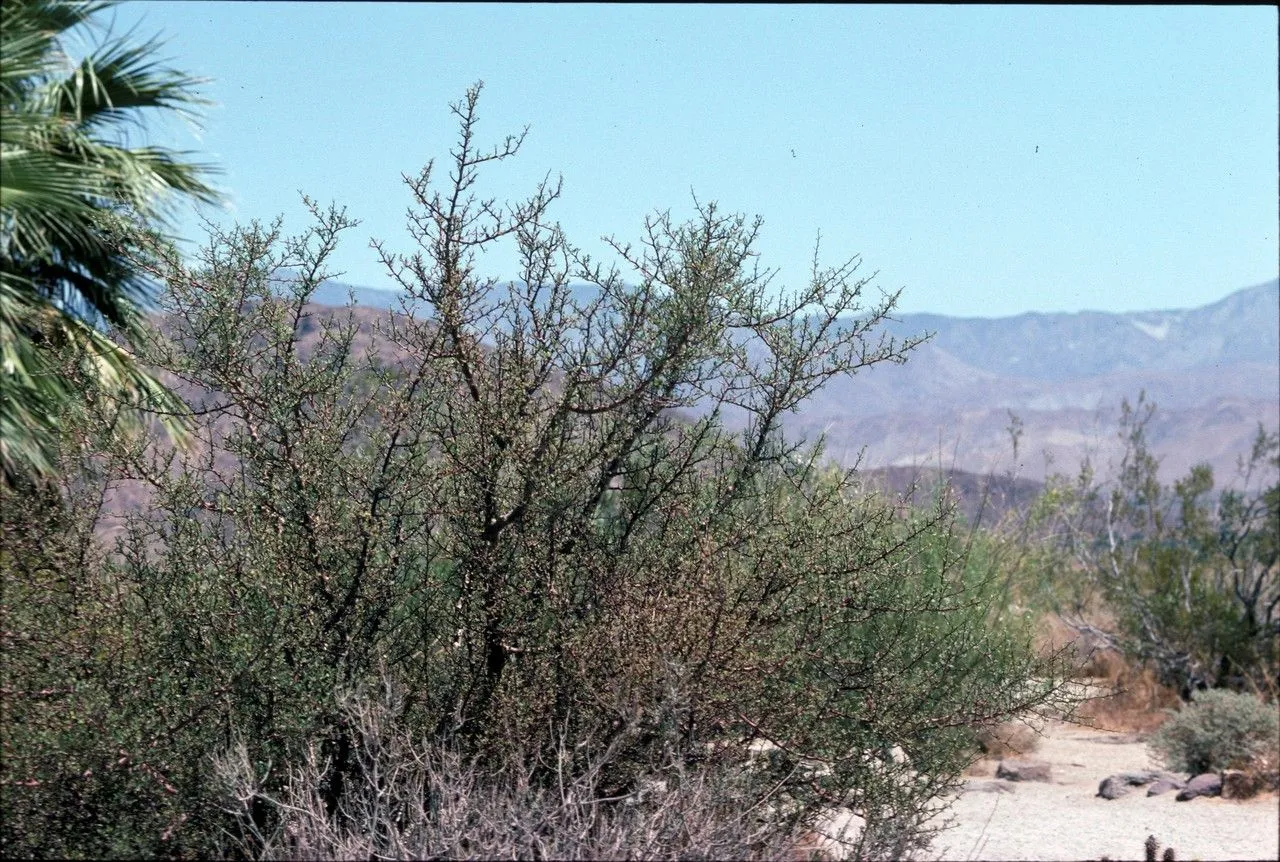
Author: A.Gray
Bibliography: Proc. Amer. Acad. Arts 5: 155 (1861)
Year: 1861
Status: accepted
Rank: species
Genus: Bursera
Vegetable: False
Observations: S. California, Arizona, N. Mexico
The Elephant tree, known scientifically as Bursera microphylla, is a remarkable plant species renowned for its unique attributes and adaptability. Described and classified by the distinguished botanist A. Gray in 1861, its taxonomic heritage can be traced back to a formal publication in the Proceedings of the American Academy of Arts.
Belonging to the Burseraceae family, the Elephant tree showcases several distinctive features that contribute to its common name. The tree is particularly adept at surviving in arid environments, a testament to its tough and resilient nature. Its thick, succulent trunk resembles an elephant’s leg, serving as a water storage organ that enables the tree to endure prolonged periods of drought. This remarkable adaptation is crucial for its survival in the harsh climates of Southern California, Arizona, and Northern Mexico, where it is predominantly found.
The Elephant tree typically exhibits a gnarled, picturesque form with an intricate network of branches. Its bark, which peels away in paper-thin layers, exfoliates to reveal smooth, greenish inner stems that carry out photosynthesis during dry spells, ensuring the plant’s survival even when its leaves are scarce. The foliage of Bursera microphylla is composed of small, pinnate leaves, which are modest in size yet efficient in their water-use strategy.
Flowering in the Elephant tree occurs in response to seasonal rains. It produces small, inconspicuous flowers that give way to fruits encapsulated in leathery, aromatic capsules. These fruits, upon splitting open, reveal seeds that are often dispersed by local fauna, thus perpetuating the species in its native habitat.
The resilience and adaptability of Bursera microphylla make it a subject of interest for botanists and plant enthusiasts alike. Its ability to thrive in some of the most challenging environments demonstrates a fascinating evolutionary strategy in response to water scarcity. Whether admired for its aesthetic appeal or studied for its ecological significance, the Elephant tree stands as a symbol of resilience and adaptation in the plant kingdom.
Eng: elephant tree, elephant-tree, littleleaf elephant tree
Spa: torote
En: Elephant tree, Elephant-tree, Littleleaf elephant tree
Es: Torote
© copyright of the Board of Trustees of the Royal Botanic Gardens, Kew.
© copyright of the Board of Trustees of the Royal Botanic Gardens, Kew.
© copyright of the Board of Trustees of the Royal Botanic Gardens, Kew.
Taken Jul 1, 1992 by Daniel Barthelemy (cc-by-nc)
Taken Jul 1, 1992 by Daniel Barthelemy (cc-by-nc)
Taken Nov 2, 2020 by Fanti Fernando (cc-by-sa)
Taken Nov 2, 2020 by Fanti Fernando (cc-by-sa)
Growth habit>: Tree, Shrub
Family: Myrtaceae Author: (F.Muell.) K.D.Hill & L.A.S.Johnson Bibliography: Telopea 6: 402 (1995) Year: 1995 Status:…
Family: Rubiaceae Author: Pierre ex A.Froehner Bibliography: Notizbl. Bot. Gart. Berlin-Dahlem 1: 237 (1897) Year:…
Family: Sapindaceae Author: Koidz. Bibliography: J. Coll. Sci. Imp. Univ. Tokyo 32(1): 38 (1911) Year:…
Family: Asteraceae Author: A.Gray Bibliography: Pacif. Railr. Rep.: 107 (1857) Year: 1857 Status: accepted Rank:…
Family: Fabaceae Author: Medik. Bibliography: Vorles. Churpfälz. Phys.-Ökon. Ges. 2: 398 (1787) Year: 1787 Status:…
Family: Aspleniaceae Author: (Cav.) Alston Bibliography: Bull. Misc. Inform. Kew 1932: 309 (1932) Year: 1932…